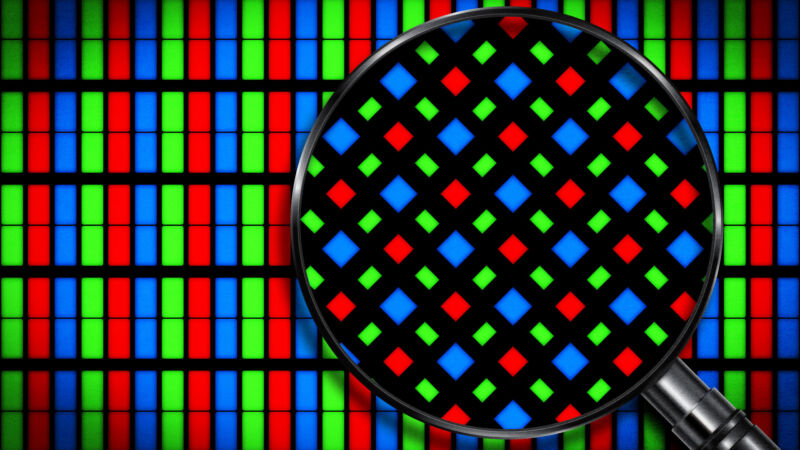LCD vs. LED vs. Mini LED vs. OLED: A quick guide

Enlarge / Magnifying the differences, similarities, pros, and cons. (credit: Aurich Lawson)
Somewhere along the line, consumer display technology became an alphabet soup full of terms using the letters "LED."
In this succinct guide, we'll provide a brief overview of common initialisms found in the world of TV, PC monitor, and laptop displays. To keep things simple, we'll focus on how each technology impacts expected image quality. Whether you're looking for a handy refresher for the next time you're shopping or a quick, digestible guide to give to inquisitive friends and family, we've got you covered.
Table of Contents- LCD
- TN
- IPS
- VA
- LED
- QLED
- Local-dimming LED monitors
- Edge-lit local dimming
- Full-array local dimming
- Mini LED
- OLED
- QD-OLED
You're likely reading this article on a liquid crystal display (LCD). "LCD" refers to any display type that uses liquid crystals, including TN, IPS, and VA (which we'll get into shortly). Even an old-school calculator or digital watch can use an LCD. But a simple "LCD" designation doesn't tell you how a screen will perform. You need more information, like the backlight type the panel uses-usually LED, followed by the more expensive Mini LED.
Read 22 remaining paragraphs | Comments